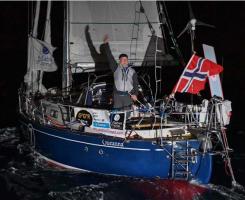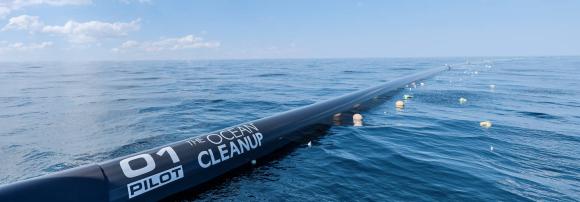 About five years ago, a 19-year-old Dutch engineering student, Boyan Slat, made a big splash, at least on the internet, when he unveiled his design of refuse collecting booms, which he claimed would clean the oceans of plastics within five years. He described an anchored network of floating booms and platforms which would skim plastics and other refuse being carried along any of the five ocean gyres.
About five years ago, a 19-year-old Dutch engineering student, Boyan Slat, made a big splash, at least on the internet, when he unveiled his design of refuse collecting booms, which he claimed would clean the oceans of plastics within five years. He described an anchored network of floating booms and platforms which would skim plastics and other refuse being carried along any of the five ocean gyres.
Now, Slat and his non-profit Ocean Cleanup are deploying a 600-meter-long prototype boom system to test the concept. The NY Times reports that the boom will be towed to a site where it will undergo two weeks of testing. If everything goes as planned, the boom will then be brought to the garbage patch, nearly 1,400 miles offshore, where it is expected to arrive by mid-October.

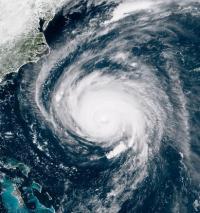 In 2010, a North Carolina state commission report predicted that sea levels on the state’s coast could rise as much as 39 inches by the year 2100, flooding billions of dollars’ worth of real estate and crippling much of the state’s economy. Instead of taking action to mitigate the damage, the
In 2010, a North Carolina state commission report predicted that sea levels on the state’s coast could rise as much as 39 inches by the year 2100, flooding billions of dollars’ worth of real estate and crippling much of the state’s economy. Instead of taking action to mitigate the damage, the  Two monster storms are bearing down on vulnerable coastlines on opposite sides of the globe. In the Atlantic,
Two monster storms are bearing down on vulnerable coastlines on opposite sides of the globe. In the Atlantic, 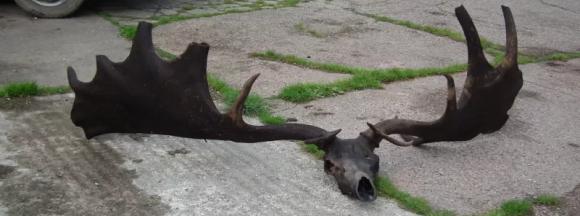 Two Northern Irish fishermen were fishing for pollan, a whitefish native to Ireland, in Lough Neagh. Instead, fishermen Raymond McElroy and Charlie Coyle netted the antlers and skull of a Great Elk, a species which disappeared from Ireland 10,500 to 11,000 years ago. The nearly intact skull, with its antlers still attached, measures 6 feet across. Four years ago, a lower jaw bone of a Great Elk was pulled from Lough Neagh in almost the same spot, which may suggest that it belonged to the same deer as this skull and antlers.
Two Northern Irish fishermen were fishing for pollan, a whitefish native to Ireland, in Lough Neagh. Instead, fishermen Raymond McElroy and Charlie Coyle netted the antlers and skull of a Great Elk, a species which disappeared from Ireland 10,500 to 11,000 years ago. The nearly intact skull, with its antlers still attached, measures 6 feet across. Four years ago, a lower jaw bone of a Great Elk was pulled from Lough Neagh in almost the same spot, which may suggest that it belonged to the same deer as this skull and antlers. This weekend I enjoyed watching the
This weekend I enjoyed watching the 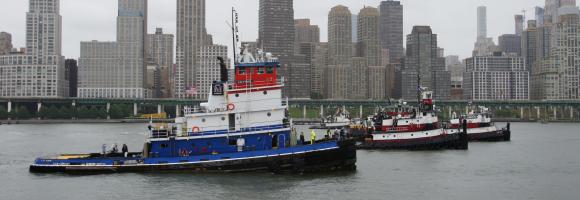
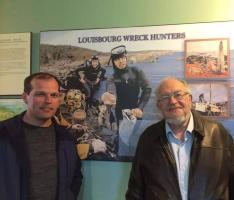
 Testing has begun
Testing has begun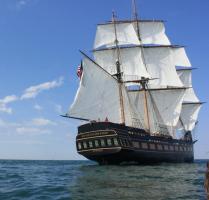 Oliver Hazard Perry Rhode Island (OHPRI), the non-profit organization behind Rhode Island’s Official Tall Ship
Oliver Hazard Perry Rhode Island (OHPRI), the non-profit organization behind Rhode Island’s Official Tall Ship 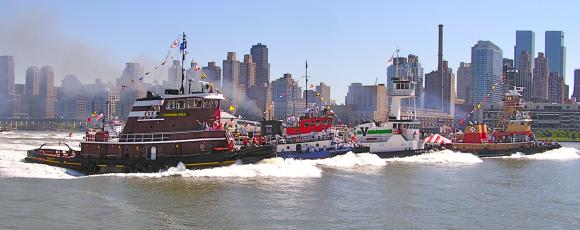
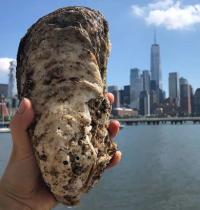
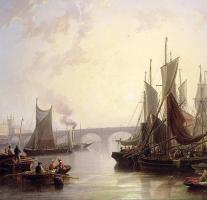 Happy Labor Day! While many nations celebrate workers on May 1st or May Day, US and Canada both celebrate workers rights in early September. It seems a good time to look at the nautical origin of the word “strike,” referring to workers withholding their labor to demand better wages or conditions.
Happy Labor Day! While many nations celebrate workers on May 1st or May Day, US and Canada both celebrate workers rights in early September. It seems a good time to look at the nautical origin of the word “strike,” referring to workers withholding their labor to demand better wages or conditions. Tomorrow, September 4th, a memorial service honoring the life of
Tomorrow, September 4th, a memorial service honoring the life of 
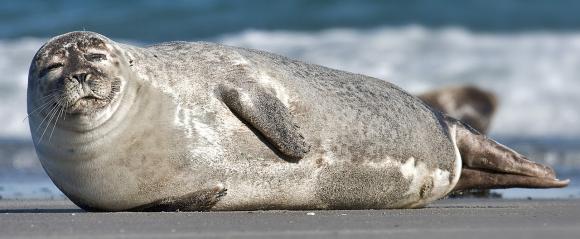 While many have been focused on the massive die-offs of fish and sea life off the South Florida coastline triggered by a combined outbreak of red tide and blue-green algae, all is not well along the New England coast either. An
While many have been focused on the massive die-offs of fish and sea life off the South Florida coastline triggered by a combined outbreak of red tide and blue-green algae, all is not well along the New England coast either. An 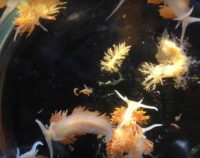
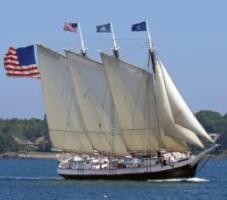 The grand matriarch of the Maine Windjammer fleet, the schooner
The grand matriarch of the Maine Windjammer fleet, the schooner 